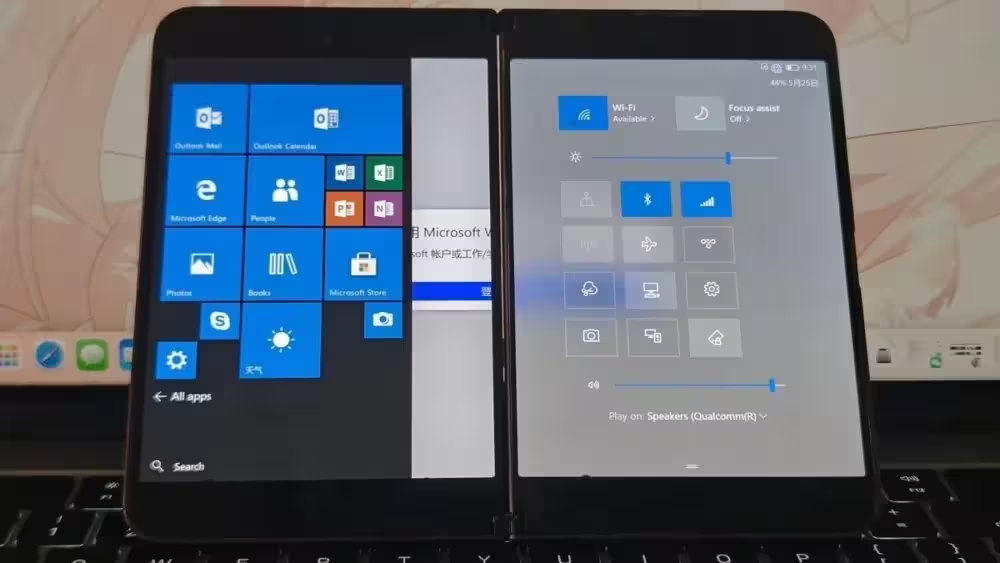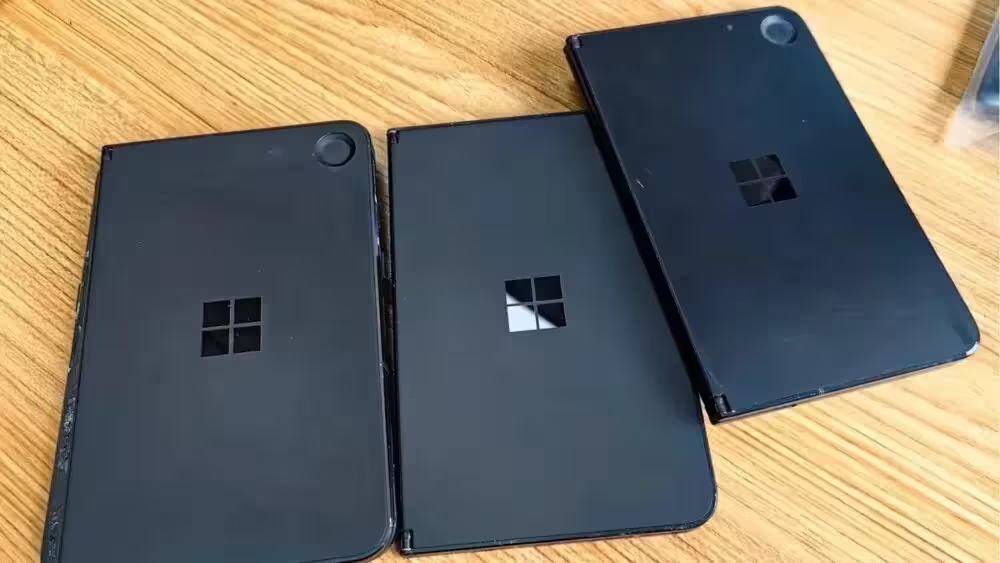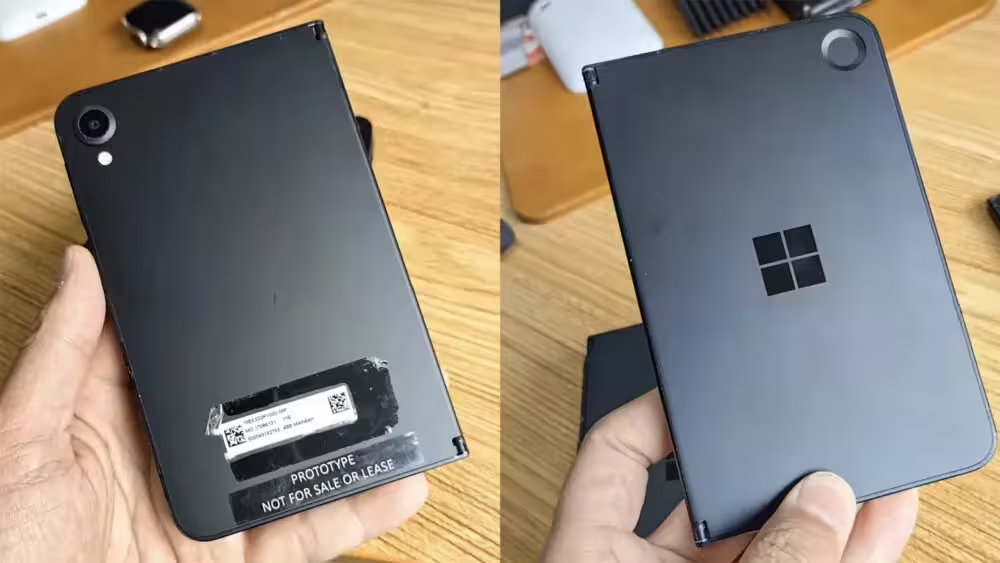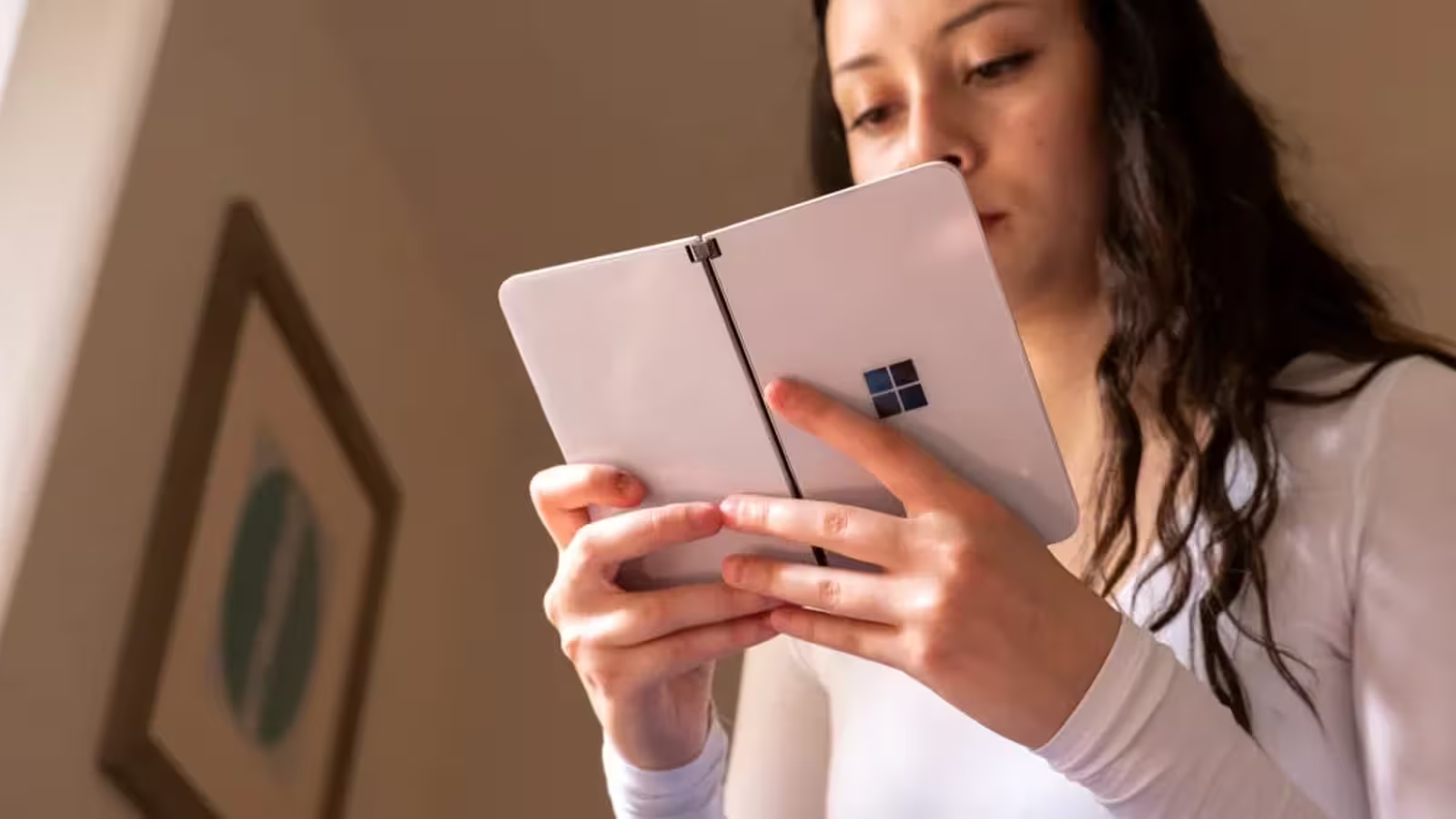5 Minutes
Microsoft’s Forgotten Foldable: The Windows Surface Duo Prototype Up for Grabs
For tech collectors and enthusiasts, a true unicorn has appeared in the wild: a Windows-powered Microsoft Surface Duo prototype has been spotted for sale on Goofish, a popular second-hand marketplace in China. While the chance to buy this piece of mobile device history is slim, its listing offers fascinating insight into the evolution of foldable phones and Microsoft's ambitious vision that never quite made it to market.
The Surface Duo Legacy: From Windows Ambitions to Android Realities
Throughout the 2010s, Microsoft was determined to make its mark in the mobile industry. Its Windows Phone operating system had its share of supporters and detractors, but it was the company’s foray into foldable smartphones, particularly the Surface Duo series, that truly captured attention. Unlike rivals like Samsung’s Galaxy Z Fold, which features a single flexible screen, the Surface Duo combined two distinct displays connected by a 360-degree hinge — enabling genuine multitasking and an innovative approach to mobile productivity.
The initial Surface Duo generation, released commercially with Android in 2020, felt experimental and faced criticism for its buggy interface and underwhelming hardware. The subsequent Surface Duo 2 improved performance and added enhancements, but still lagged behind the surging category of true foldables. Plans for a third generation were ultimately scrapped by Microsoft in 2023, a decision later regretted by CEO Satya Nadella.

A Glimpse Into the Windows Prototype: Features and Innovations
Unbeknownst to many, before the Android-based Duo debuted, Microsoft had developed an even more secretive prototype running a customized version of Windows. These elusive early units, now made visible only through rare secondhand listings like those on Goofish, sought to bridge the gap between smartphones and compact PCs.
Key features observed in these Windows-based Surface Duo prototypes include:
- Distinct Dual Screens: One panel presented classic Windows Phone tiles for apps, while the other adopted an interface with quick settings reminiscent of Android’s control center.
- Andromeda OS: Rumored to operate on Microsoft’s never-released "Andromeda OS," this system was envisioned as a pocket-sized, multitasking Windows platform, bringing PC-like workflows to handheld form factors. Andromeda, however, was shelved as the company ultimately shifted its mobile hardware strategy to Android.
- Advanced Hardware: Unlike the commercial Surface Duo, the prototype listed features a monochrome camera for capturing 3D content—potentially for HoloLens integration—a full metal chassis, and built-in wireless stylus charging. These premium touches were omitted from final products, likely in an effort to keep devices lightweight and accessible.
- Signature Design: Despite the internal differences, the prototype retains the hallmark Surface Duo features: a 360-degree hinge, bold Windows branding, thick bezels, and angular aesthetics.

Comparisons and Context: How the Windows Duo Stacked Up
In a world now filled with foldable smartphones, Microsoft’s Windows-based Duo could have defined an entirely new segment—devices bridging the power of PCs with the portability of a phone. Compared to Samsung’s Galaxy Z Fold series or Huawei’s Mate X, the dual-screen architecture represented a radically different approach to multitasking and app management, ideal for productivity on the go.
However, the switch to Android, coupled with delayed hardware improvements, meant the Surface Duo never quite matched the momentum or polish found in mainstream foldables. The prototype’s unique hardware and Windows-centric interface highlight what might have been—a flexible digital notepad, a dual-screen productivity tool, or a new creative workstation for developers and enterprise users.

Collector’s Gem or Missed Opportunity? Market Relevance Today
The Windows-powered Surface Duo prototype is currently listed for around ¥98,999 (approximately $13,730), placing it firmly in the realm of high-value collectibles rather than practical devices. Its rarity, avant-garde features, and historical significance make it an enticing prospect for dedicated fans of Microsoft hardware or mobile device historians, though potential buyers should approach the niche Goofish platform with caution.
As conversational AI, AR, and advanced multitasking become ever more central to the evolution of smartphones, Microsoft’s shelved vision for the Surface Duo stands as both a what-if and a harbinger of hybrid devices to come. For now, this prototype remains a testament to the innovation—and occasional heartbreak—at the edge of mobile technology.
Source: androidauthority


Leave a Comment